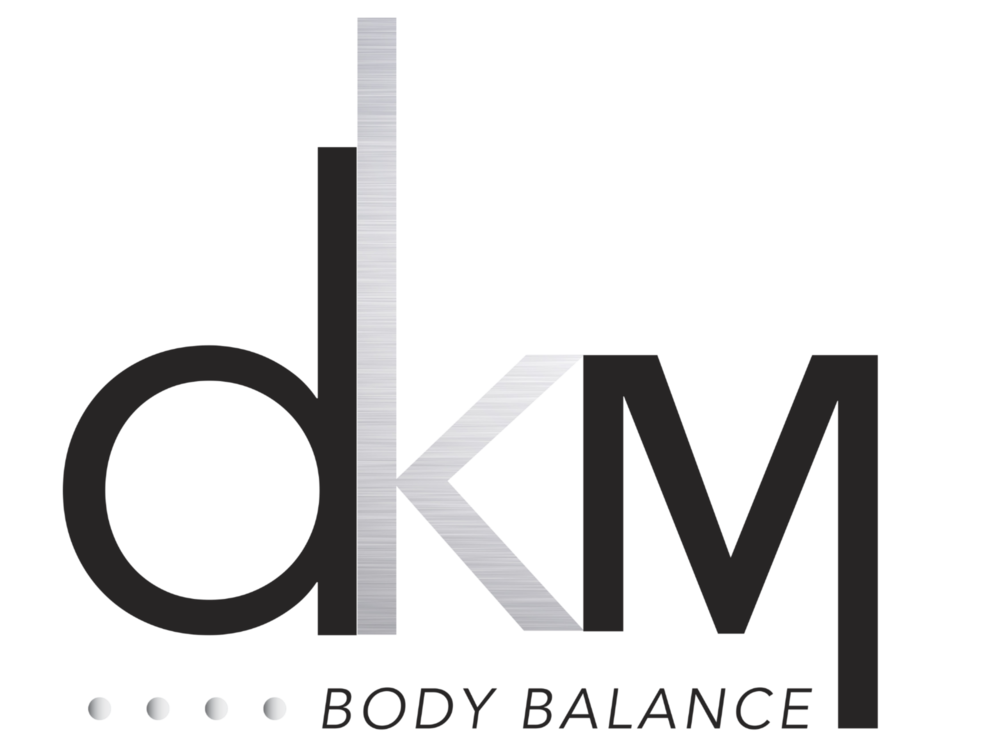When people think of chiropractic care, they usually picture adults with back or neck pain. But chiropractic is not just for adults — it’s a safe, gentle, and effective option for people of all ages, including toddlers. As a chiropractor in Los Cabos with 20 years of experience, I’ve seen firsthand how chiropractic care can support the health and function of the entire body — including the digestive system.
Gentle chiropractic adjustment for toddler in Los Cabos — helping relieve childhood constipation naturally through nervous system support.
A Real-Life Case: Constipation in a 2-Year-Old
Recently, a parent brought their 2-year-old daughter to my clinic with a common yet frustrating issue: constipation. For months, she had been going 2–3 days without a proper bowel movement, which was understandably concerning for her family.
After a thorough evaluation, I performed a gentle pediatric chiropractic adjustment, using very light pressure appropriate for her age and size. There was no twisting or cracking — just specific, safe techniques. I also used soft tissue work to massage the pudendal nerve, which plays a role in pelvic floor and bowel function.
Anatomical diagram of the pudendal nerve and its branches, highlighting its role in pelvic floor function and digestive health.
Immediate and Lasting Results
That same day, the child had multiple normal bowel movements, and continued to stay regular for the next two weeks.
When the constipation began to return, her mother brought her back. I repeated the same approach — and again, she experienced relief within hours of her visit. After just two chiropractic treatments, her bowel function was restored each time. We’re now continuing with a short series of visits to help maintain the improvement and support healthy nervous system function long term.
Why Chiropractic Helps with Digestion
The spine houses and protects the nervous system, which controls every function in the body — including digestion. When tension or imbalance affects the spine or surrounding tissues, it can interfere with communication between the brain and the digestive organs.
By restoring mobility and reducing nerve irritation, chiropractic care can support the body’s natural digestive rhythm, especially in children who are still growing and developing.
Safe and Gentle Chiropractic Care for Children
Chiropractic for children is extremely gentle. It’s customized for their size, stage of development, and comfort. In my Los Cabos chiropractic clinic, I often care for children experiencing:
Constipation or irregular bowel movements
Colic or reflux
Trouble sleeping
Postural issues
Recurring ear infections
General discomfort or irritability
Parents are often surprised at how much chiropractic can help — and how quickly kids can respond to just a few gentle treatments.
Looking for a Pediatric Chiropractor in Los Cabos?
If you're a parent in Los Cabos and you're exploring natural options for your child’s health, chiropractic care may be a valuable part of your family's wellness routine. Whether it’s constipation, sleep disturbances, or simply supporting proper development, we’re here to help.
Feel free to contact us to schedule an evaluation or ask any questions. We’re always happy to discuss whether chiropractic might be right for your child.



























